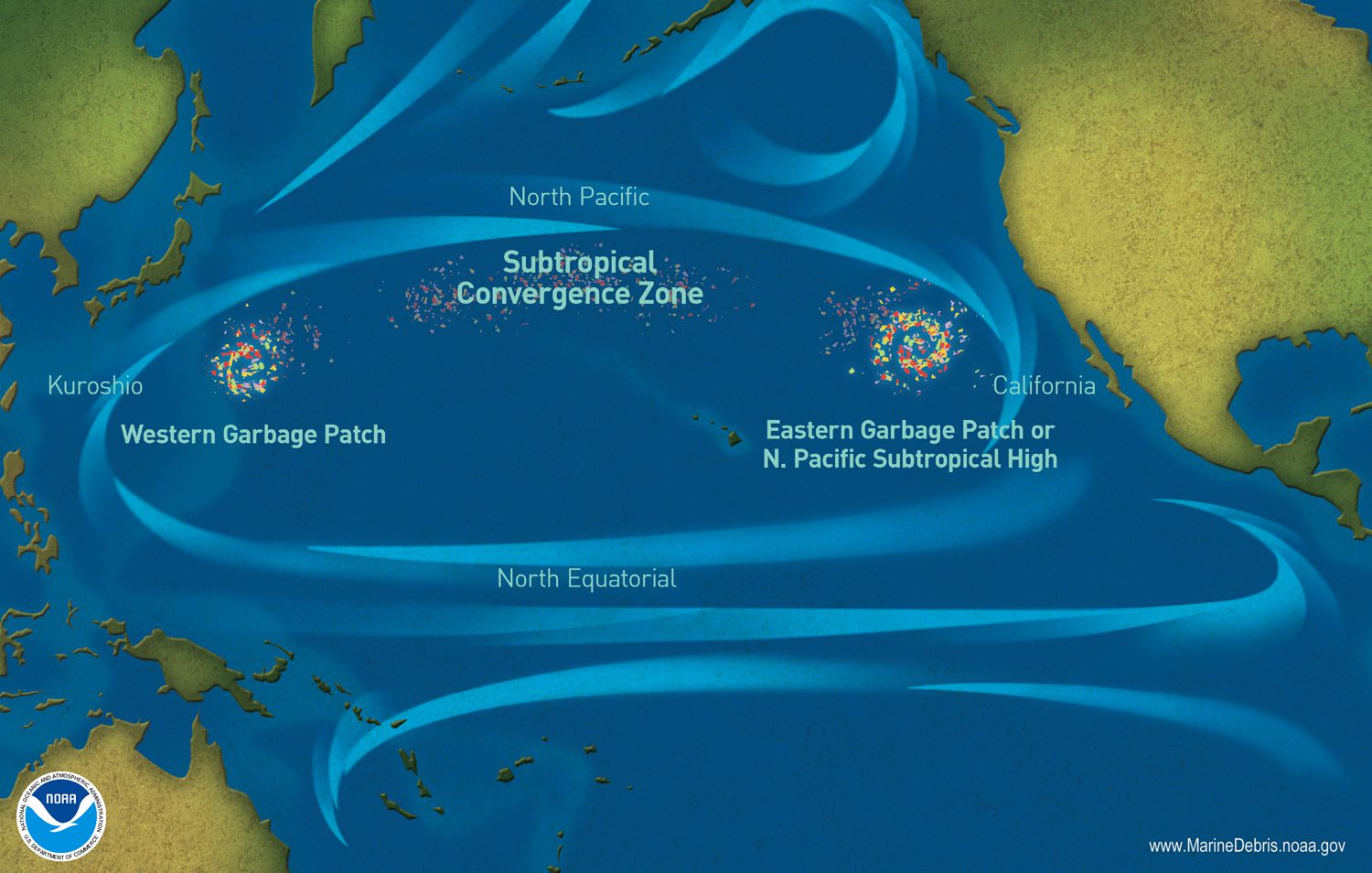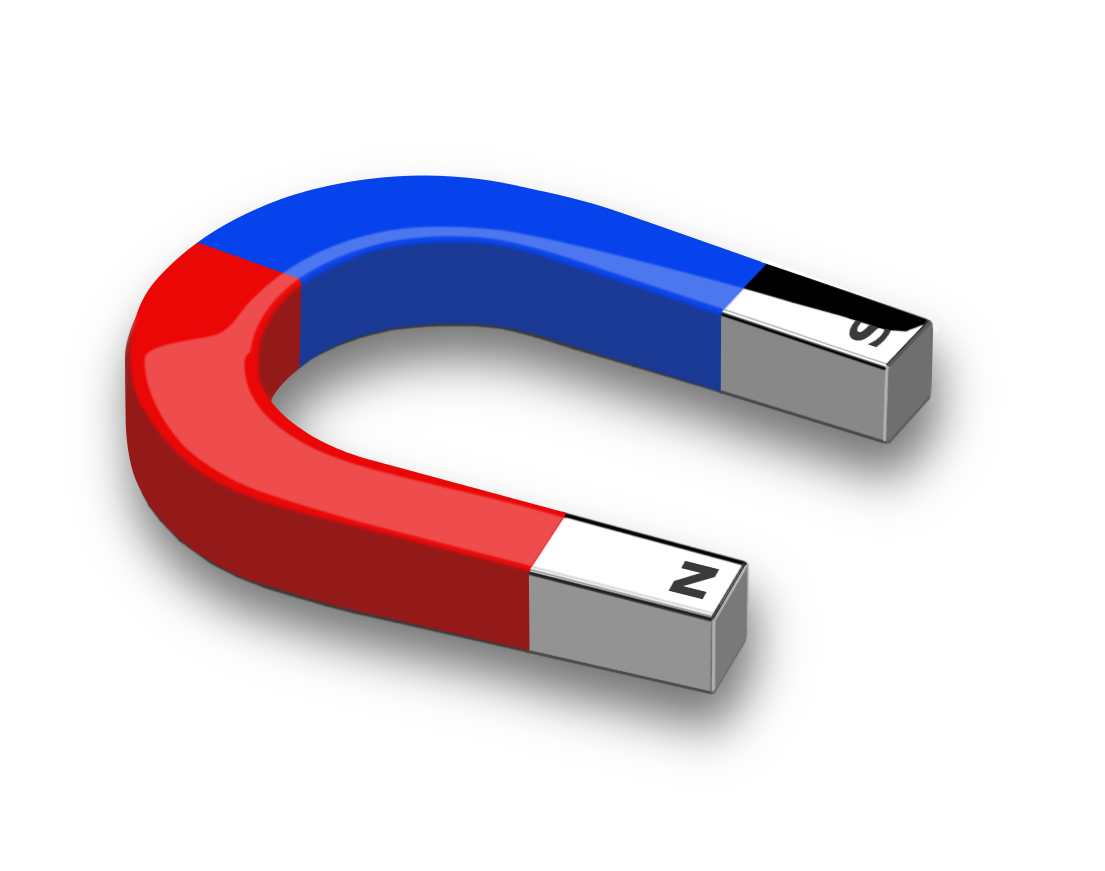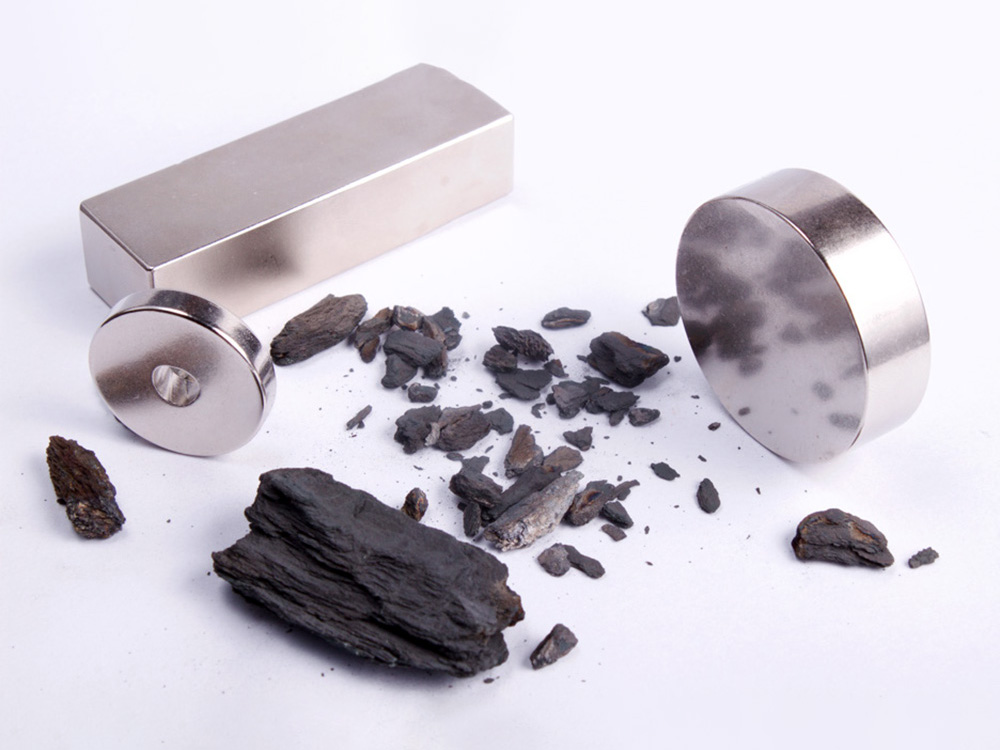Kia ora bloggers, today in ESOL we were tasked to blog about a holiday trip we did. This is the only holiday trip I can remember because in most of them I just sleep.
| This is where we went :) |
On the 2nd day of January, we went to Nelson and Tasman. We camped at Nelson for 2 days and 1 day at Abel Tasman. On the first day in Nelson, we went to the city and the church. We took a lot of photos of the beautiful, peaceful city of Nelson. On the 2nd day/our last day in Nelson, we went to the center of New Zealand, which was located there. It was on the top of the mountain, it is a 20 minutes hike up to get to the top. When we reached the top we were sooo tired. We could drink a whole bottle of water, but it is worth it because the view at the top is breathtaking. Just like the first day, we took a lot of photos. On the same day, we went to Tasman, it was a 1 hour and 30 minutes drive to get there. It was 6:30 when we arrived there and then we looked for a place that we could camp. After we found a place to camp we went back to the city and bought some food, water, and souvenirs. On the last day of our camping trip, we went to a beach in Tasman. We swam there for 6 hours. It was 4 pm when we started driving home. We arrived at home at midnight.





